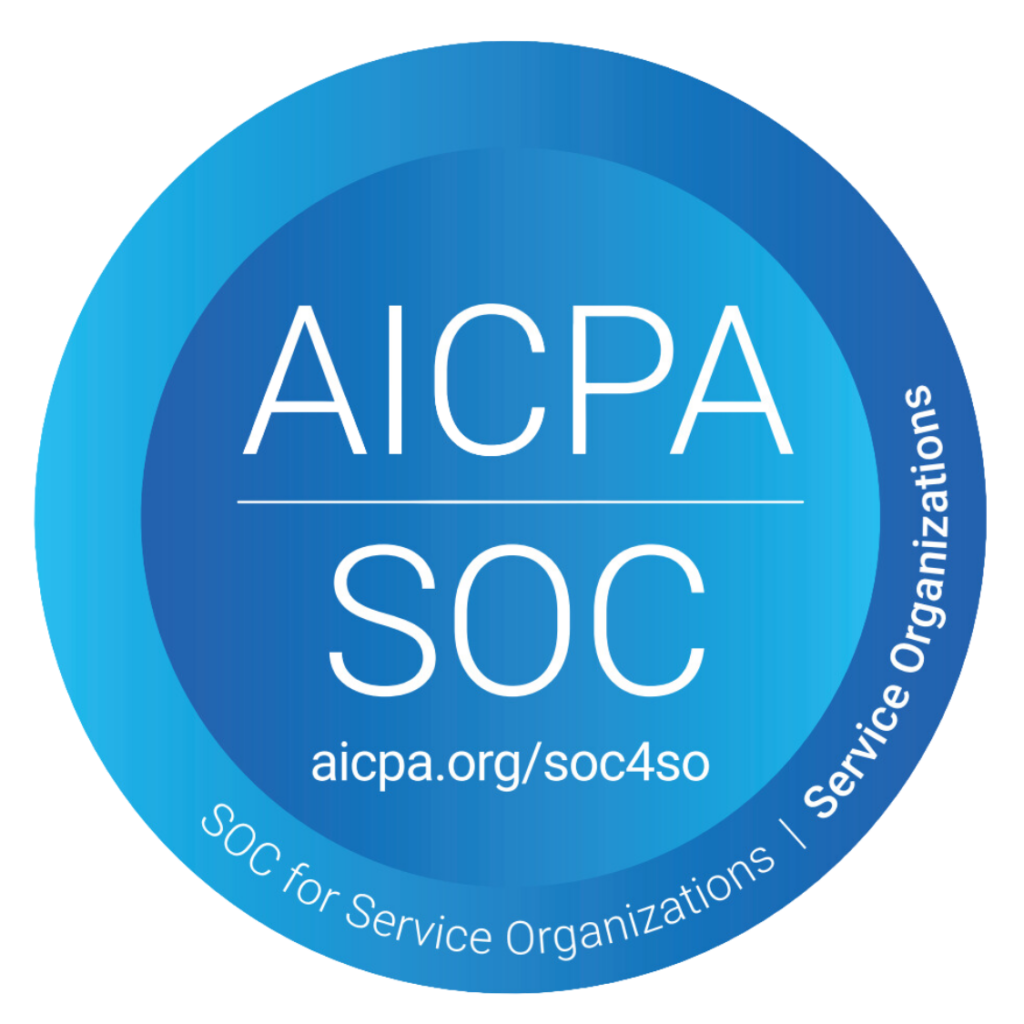Stress, when chronic and unaddressed, can lead to a multitude of health issues. Encouraging self-care is a fundamental step in preventing these adverse effects. Self-care routines vary from person to person, but they generally include ensuring adequate sleep, healthy eating habits, regular exercise, and mindfulness or meditation practices. In the workplace, crafting an environment that supports effective stress management strategies is essential for maintaining a healthy, productive workforce.
April, known for its springtime renewal, is also an opportune time for raising awareness about stress management. As we navigate through dynamic work landscapes and evolving healthcare challenges, stress management is not a luxury; it’s an imperative.
Establishing a Supportive Work Environment
Creating a Culture of Open Communication
Employers should establish clear channels of communication where feedback and concerns can be aired constructively. Employees should never feel in the dark about changes, expectations, or company news. This level of transparency fosters trust and security amongst staff, which can significantly reduce workplace stress.
Promoting Regular Check-Ins
Regular check-ins with employees, both as a group and on an individual basis, can help managers gauge stress levels and provide support where needed. These check-ins should be framed as open dialogues, offering a safe space for employees to discuss their concerns, challenges, and progress. It’s an opportunity for employers to listen actively and show empathy, which can alleviate employee stress by affirming that their well-being is a priority.
Prioritizing Employee Well-Being
Employers must prioritize the well-being of their workforce not just in words but in action. Initiatives such as wellness programs, stress management workshops, and proactive health measures demonstrate a genuine care for employees. By investing in these types of programs, companies send a clear message that they value their employees’ health and happiness, contributing to a less stressful workplace.
Providing Resources and Support
A supportive work environment offers resources and tools necessary for employees to manage their workload effectively. This can include access to project management software, mental health days, or ergonomic workstations. Additionally, providing training on time management and stress reduction techniques can arm employees with the knowledge they need to navigate high-pressure situations.
Encouraging Work-Life Balance
Further reducing stress, flexible work arrangements such as remote work options and flexible scheduling demonstrate an employer’s understanding of work-life balance. These policies can alleviate stress related to commuting, childcare, and other personal responsibilities, leading to more satisfied and engaged employees.
Employers should also foster an environment that respects personal time and boundaries. This could include encouraging employees not to work outside of their contractual hours. Supporting work-life balance helps reduce burnout and prevents workplace stress from spilling over into employees’ personal lives.
The Importance of Mental Health Support
One of the most tangible ways an employer can support mental health is by offering comprehensive benefits packages that do more than just cover the basics. These should extend to include various aspects of mental health services, such as coverage for therapy sessions, psychiatric consultations, and mental health medications. By doing so, employers emphasize the importance of mental well-being and equate it with physical health, normalizing the conversation and reducing the stigma often associated with seeking mental health care.
Employee Assistance Programs (EAPs)
Employee Assistance Programs are proactive measures that employers can put in place to offer confidential support to employees dealing with personal and professional issues. EAPs typically provide a range of services, including short-term counseling, referral services for additional support, and resources for coping with stress, substance abuse, and mental health conditions. They are a cornerstone of mental health support in the workplace and an indicator of an employer’s investment in the overall well-being of their employees.
Promoting Mental Health Days
In a culture that often glorifies busyness and overwork, mental health days can provide a much-needed break for employees feeling overwhelmed or burned out. These days are solely dedicated to allowing employees to step back, recharge, and return to work with renewed focus and vigor. When employers advocate for mental health days, they offer permission to prioritize self-care without the fear of stigma or repercussions.
Training for Management
Managers and supervisors are often on the frontlines of employee interaction and can play a critical role in recognizing signs of mental distress. Providing training on how to spot these signs, how to approach conversations about mental health, and how to connect employees with the appropriate resources is essential. This training equips leadership with the skills to handle sensitive situations with compassion and discretion.
Continuous Education and Awareness
Developing a Proactive Learning Environment
For continuous education and awareness to be effective, employers need to foster a proactive learning environment that encourages exploration and understanding of stress management. This can be actualized through a series of well-structured programs designed to educate employees about the multifaceted nature of stress, the various stressors they may encounter, and the impact these can have on health and workplace performance.
Offering Regular Seminars and Workshops
One practical way to ensure continuous education is by providing regular seminars and workshops led by experts in the field of mental health and stress management. These sessions can cover topics such as identifying stress triggers, effective coping mechanisms, and advances in stress reduction techniques. By keeping these sessions interactive and engaging, employers can facilitate a deeper understanding and retention of stress management practices.
Incorporating Stress Management into Onboarding
To instill a culture of stress management from the outset, incorporating educational components about stress management into the onboarding process is essential. This sets the tone for a workplace that values and prioritizes mental health and gives new employees the tools they need to manage stress effectively from day one.
Monitoring and Adapting Education Programs
To ensure that education and awareness initiatives remain relevant and effective, employers should regularly monitor the outcomes of these programs and seek feedback from participants. Understanding what works and what doesn’t allows for the adaptation of strategies to meet the evolving needs of the workforce.
Promoting Health Literacy
An integral part of continuous education is enhancing health literacy related to stress and its management. Employees with higher health literacy are better equipped to make informed decisions about their health and well-being, leading to better stress management and overall health outcomes.
Alignment with Healthcare Partners
Employers should also align with healthcare partners, such as pass-through PBMs, that value education and transparency. By forming partnerships with entities that provide clear and accessible information about healthcare benefits, employers can extend their commitment to education and awareness beyond the immediate workplace.
MaxCare: A Partner in Stress Management
MaxCare presents itself as a champion of the pass-through PBM model. The pass-through PBM model offers transparent healthcare solutions by directly passing along savings to the plan sponsor. The simplification of processes and the clarity in cost components create an environment where employers can focus more on strategic initiatives like stress management programs, rather than getting entangled in opaque service structures.
By partnering with MaxCare, employers can harness the benefits of clear, straightforward pharmacy benefit management. What does this mean for stress management? It translates into more resources being available to invest in comprehensive stress management strategies
Conclusion
As we recognize April as Stress Awareness Month, it is timely to remind ourselves that managing stress is not just about individual strategies. It is also about the broader systems and partnerships we cultivate. The pass-through PBM model is a stepping-stone to a more transparent, efficient, and stress-free management of pharmacy benefits, and MaxCare is at the forefront of this transformation. By aligning with partners that value transparency and efficiency, self-funded employers can more effectively invest in their most valuable asset – their people.



